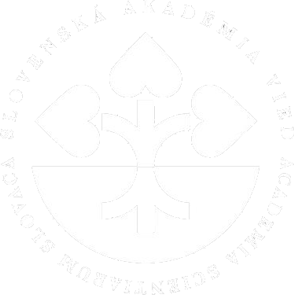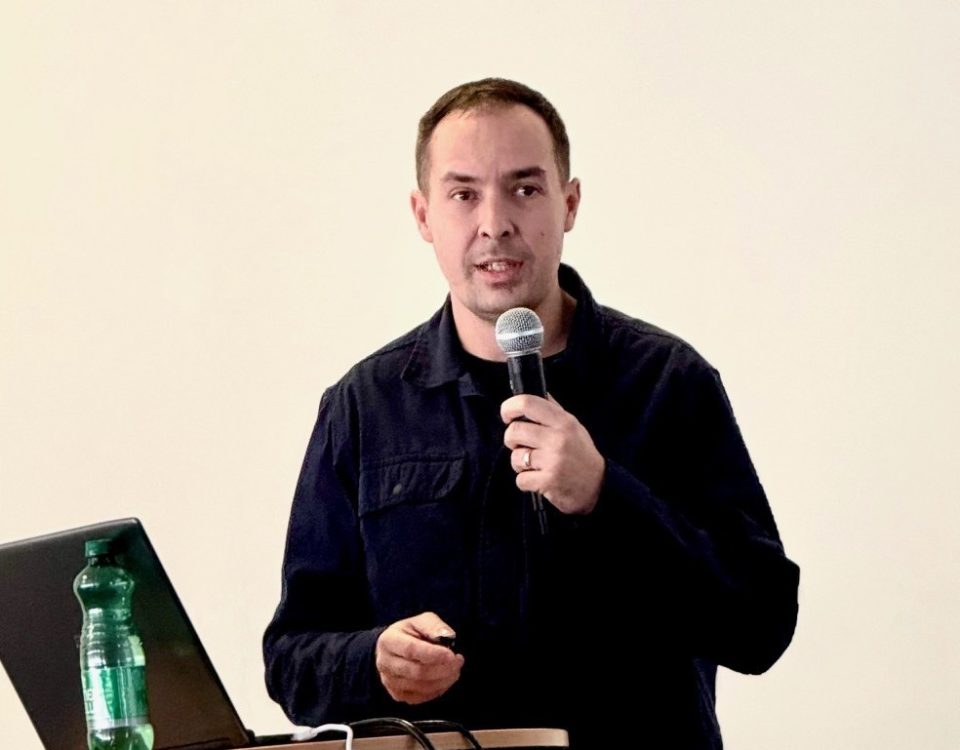This website uses cookies so that we can provide you with the best user experience possible. Cookie information is stored in your browser and performs functions such as recognising you when you return to our website and helping our team to understand which sections of the website you find most interesting and useful.
Cooperation between Nobel Prize Laureate and the Institute of Virology BMC SAS

Sir Peter J. Ratcliffe; ll. Niklas Elmedhed. © Nobel Media.
The team of the Department of Tumour Biology of the Institute of Virology of the Biomedical Center (BMU SAS) enthusiastically accepted the Nobel Prize laureates for physiology and medicine. It was acquired by Gregg L. Semenza of John Hopkins University (USA), Peter J. Ratcliffe of Oxford University (UK) and William G. Kaelin, Jr. of Harvard University (USA) for researching the molecular mechanisms by which cells perceive and adapt to oxygen deficiency, so-called hypoxia
Hypoxia is a phenomenon that the department has been dealing with most of its scientific life. The joy is even greater because the CA IX protein (carbon anhydrase IX) and its pH-regulating function, which are crucial for hypoxic adaptation of tumour cells, were discovered at the Department of Tumour Biology at BMC SAV. Professor Peter J. Ratcliffe, a fresh “Nobelist”, is co-author of an article on the hypoxic regulation of CA IX and they have a number of works in common with our colleagues, discoverers of CA IX, Professor Jaromir Pastorek and Professor Silvia Pastorek. The importance of hypoxia is that it is characteristic of almost all solid tumours and increases the metastatic potential of tumour cells. CA IX expression is strongly induced in oxygen deficient tumours and is used worldwide as a hypoxia biomarker. For most tumours, the presence of CA IX is a poor prognosis.
Photo: press release nobelprize.org
Sir Peter J. Ratcliffe; ll. Niklas Elmedhed. © Nobel Media.
Translated by: SAS







